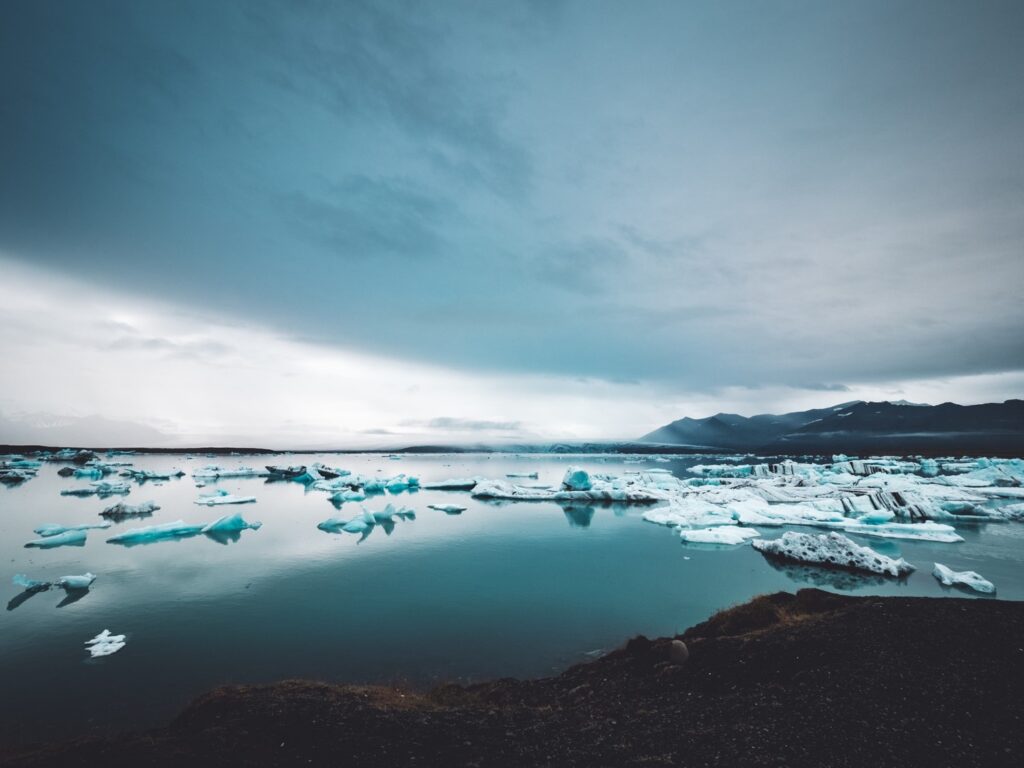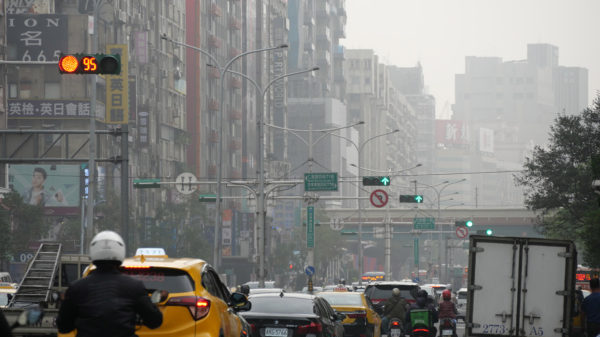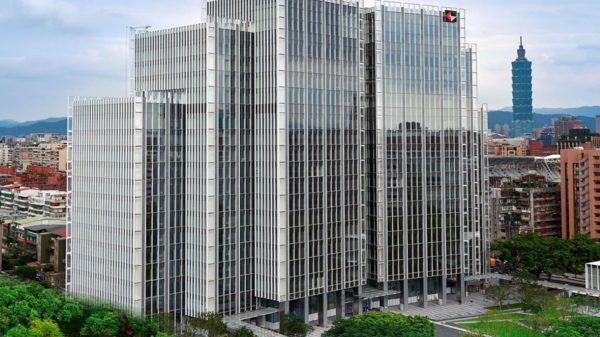
New research indicates that a 1.5-degree Celsius global temperature rise threatens over half of the world’s glaciers by century’s end, imperiling freshwater supplies for 2 billion people and ecosystems.
Taipei, Taiwan (Periodical News) – Recent findings reported in the American journal “Science” reveal a significant peril looming over the world’s glaciers as a consequence of global warming. Should the Earth’s mean temperature rise by 1.5 degrees Celsius, over half of these glaciers, particularly the smaller ones, will vanish by the close of this century. This will not only impact the global water resource allocation but will also jeopardize the freshwater access for two billion individuals, wreaking havoc on ecosystems.
The scope of this research includes 215,000 glaciers around the world. It is a prediction model calculated after decades of observation and computer simulation of the mass of these glaciers. It is currently recognized as the most complete and comprehensive glacier research. In the study, glacier changes and sea level rise were predicted at four levels of global average temperature rise of 1.5 degrees Celsius, 2 degrees Celsius, 3 degrees Celsius, and 4 degrees Celsius respectively. It is hoped that this will provide policymakers in various countries with a direction to set goals and more effectively control Greenhouse gas emissions, reducing the extent of global warming and the extent of glacier melt, to prevent sea level rise and water scarcity problems from becoming more serious.
Professor Regine Hock, currently a professor at the University of Oslo in Norway and the University of Alaska Fairbanks in the United States, and one of the authors of this study, mentioned that as long as the earth’s average temperature rises by one degree, more glaciers will melt, causing more ecological losses. If we can reduce the degree of warming, we can reduce the number of glaciers disappearing and bring a better future to the earth.
If we estimate based on the most challenging goal in the Paris Agreement, which is to increase the temperature by 1.5 degrees Celsius compared to the global pre-industrial temperature standard, 49% of the glaciers will still disappear by 2100, and the quantity of the glaciers decrease approx 26%. However, based on current conditions, the global average temperature will rise by 2.7 degrees Celsius compared with pre-industrial times, which means that almost all glaciers in the United States, New Zealand, central Europe, and western Canada will disappear.
Scientists have also discovered that the Thwaites Glacier, known as the Doomsday Glacier in Antarctica, is melting on a large scale, with billions of tons of broken ice flowing into the sea every year. It caused sea levels to rise at a rate of 4%, and the sea ice area in Antarctica dropped to a new record low of 1.91 million square kilometers. Since the Thwaites Glacier is about the size of Florida, if the ice melts rapidly, not only will the glacier disappear, but the sea level will rise faster, and the continental shelf will be almost completely exposed, which will lead to a catastrophic ecological crisis and flooding problems.

Such glacial lake phenomena have increased rapidly in the past three decades and are spread all over the world. The number of glacial lakes increased by 53%, the total area increased by 51%, about 9,000 square kilometers, and the total water volume increased by 48%. Even for mountainous areas in South America or Asia, the glacial lakes created by melting glaciers are an important source of freshwater supply. However, the problem of warming has caused the number and water volume of glacial lakes to increase too excessively, creating a potential flood crisis. Currently, the glacial lagoons in Iceland, Scandinavia, and Russia are growing fastest.
Not only the Arctic and Antarctic but also the Himalayan glaciers are suffering. According to a research report by the “International Center for Integrated Mountain Development”, between 2011 and 2020, the rate of glacier disappearance accelerated by 65% compared with the previous ten years. If the global average temperature rises by 1.5 degrees or 2 degrees Celsius, the glaciers in the Himalayas and Hindu Kush will decrease by 30% to 50% by 2100. If the temperature rises to 3 degrees, the glaciers in the Himalayas will decrease by 75%. In the short term, it will increase water supply, but it may also cause a flood crisis. In the long term, the stable glacier water source will disappear without a trace.
Professor Hock also mentioned that regardless of greenhouse gas emissions and warming projections, glaciers in mountainous areas with less ice, such as the Alps, Andes, Caucasus, and the western United States, will almost disappear by the end of this century. If the worst-case average temperature rise of 4 degrees Celsius is reached, 83% of the glaciers will disappear by the end of the century, including the larger Alaska glaciers.
Different warming projections will also have different levels of impact on sea level rise. If the average temperature rises by 1.5 degrees Celsius, the average sea level will rise by 9 centimeters. If the average temperature rises by 4 degrees, the sea level will rise to 15 centimeters. What will follow will be the storm surge problem, that is, an abnormal rise in seawater tide levels and a sudden increase in water volume, which will cause floods and tsunamis, causing more serious environmental damage.
Melting glaciers will also release methane that has accumulated in permafrost since the Ice Age, which will accelerate global warming and make matters worse. Therefore, the scientists hope that governments around the world can take environmental issues more seriously, promote clean energy and mass transportation systems, and reduce carbon emissions. Everyone will work together from government policies and individual behaviors to slow down global warming, reduce the amount and speed of melting glaciers, and minimize ecological damage.
Be the first to leave a review.
Your browser does not support images upload. Please choose a modern one























